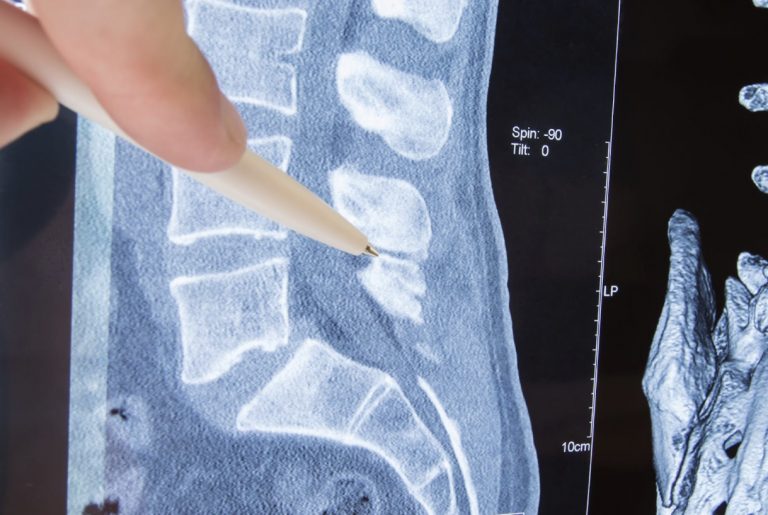What is Lumbar Foraminal Stenosis
Lumbar foraminal stenosis can often cause nerve compression. This leads to a variety of symptoms that can interfere with daily life. The spine endures a great deal of daily wear and tear. As we get older the bones and soft tissue that comprise it can start to deteriorate. When this occurs elements of the spine may move out of their normal position. Which then encroach on the openings between the vertebrae – called intervertebral foramina – through which spinal nerve roots pass on their way to other parts of the body.
Recognizing The Symptoms Of Foraminal Stenosis
Most common in the lumbar spine (lower back area) because of the amount of movement and pressure it is subjected to, foraminal stenosis can produce a variety of symptoms. They include:
- Chronic pain
- Muscle weakness
- Numbness
- Tingling
- Muscle spasms
The diagnosis process can sometimes be difficult because symptoms can radiate along a nerve pathway to other areas of the body. For example, symptoms of foraminal stenosis in the lower back can appear in the lower back, hips, buttock, legs, and feet.
Treatment For Foraminal Narrowing
Once your doctor has determined that foraminal narrowing in your lower back is the source of your symptoms they will most likely suggest that you try a combination of conservative treatments to help reduce your pain and inflammation. Options can include pain and anti-inflammatory medications, physical therapy, and lifestyle adjustments designed to improve your overall spine health.
If your symptoms have not responded to conservative methods after several weeks or months it might be time to consider surgery. At BEST Health System we offer minimally invasive surgery. This form of procedure utilizes a less than one-inch incision and muscle-sparing techniques to help shorten the recovery process.
Contact BEST Health System today for more information about our outpatient procedures to treat foraminal stenosis and other conditions.
